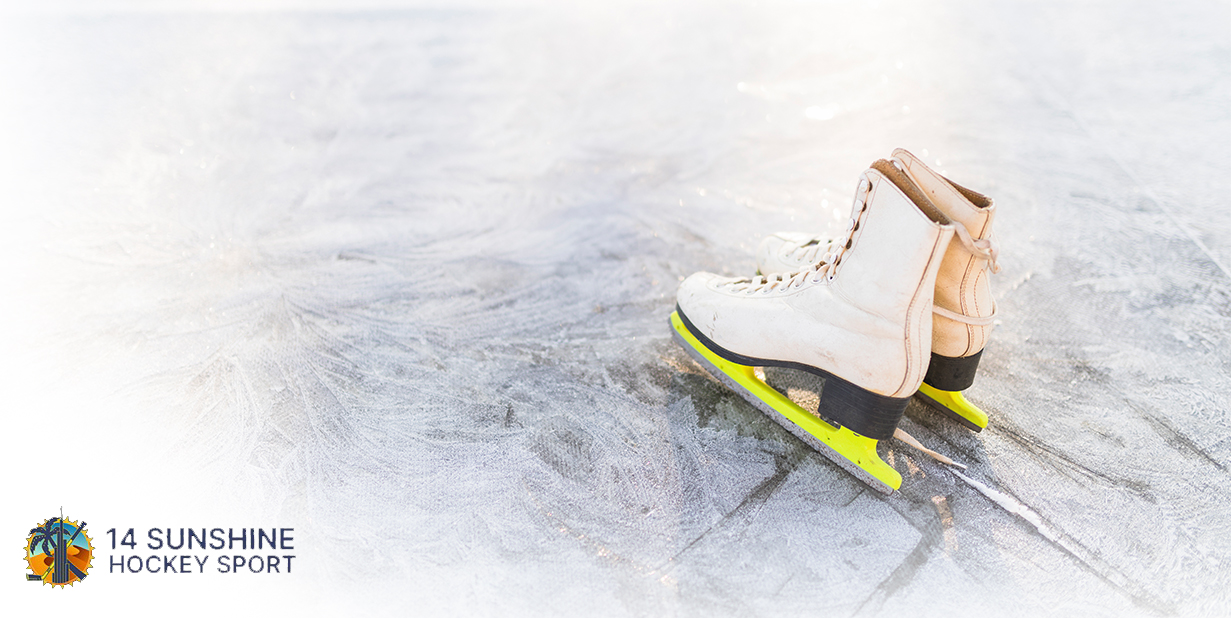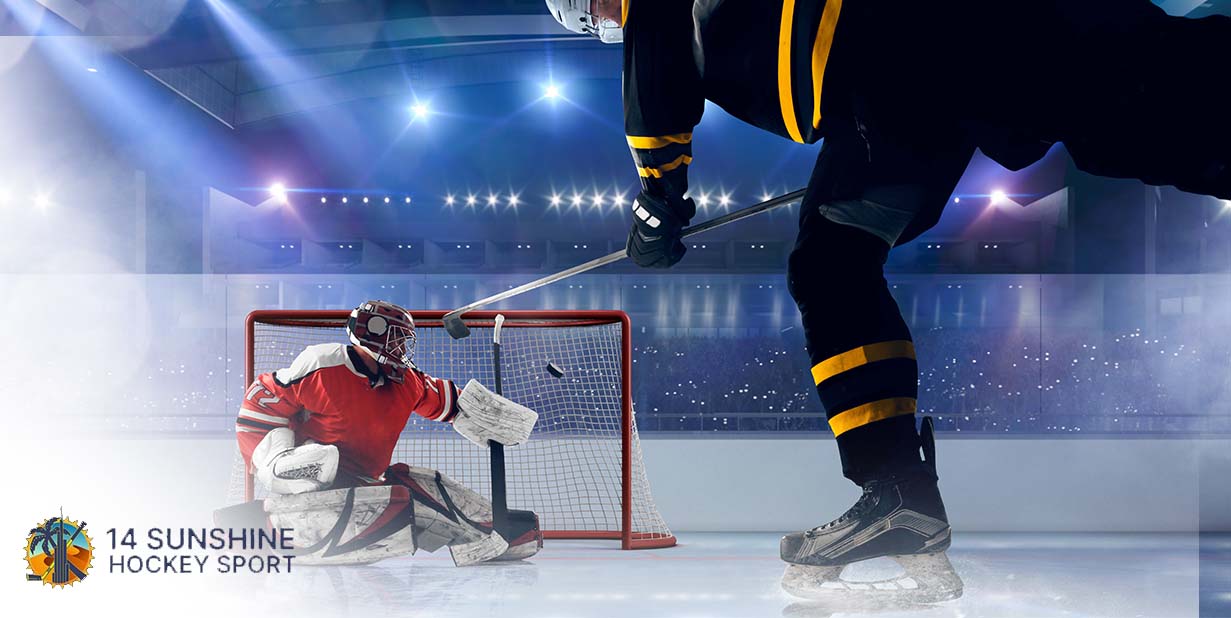Hockey Skates Buying Guide: How to Choose the Perfect Pair for Your Skill Level

Hockey skates are one of the most important pieces of equipment in the game. The right pair can help you skate faster, turn quicker, and play more comfortably. But with so many options on the market, choosing the perfect pair can be confusing, especially if you’re new to the sport.
Why Skates Matter
Skates are the foundation of every hockey player’s performance. A good pair of skates should:
- Fit your feet properly
- Offer the right level of support
- Match your playing style and skill level
- Help reduce foot fatigue and risk of injury
Choosing the right skates is not just about comfort. It’s about getting the best performance on the ice.
Understanding the Parts of a Hockey Skate
Before shopping, it helps to know the basic parts of a hockey skate:
- Boot: The main part that wraps around your foot and ankle
- Tongue: Protects your foot and helps with fit and comfort
- Blade holder: The plastic piece that connects the blade to the boot
- Runner (blade): The metal part that touches the ice
- Liner and padding: Inside the boot for comfort and moisture control
Each part affects how the skate feels and performs.
Skates by Skill Level
Hockey skates come in different models designed for beginner, intermediate, and advanced players. Here’s what to expect at each level:
1. Beginner Skates
- Softer boots for easier break-in
- More padding for comfort
- Lower price point
- Great for casual or new players
Beginner skates are made for those learning how to skate or play. They don’t need the stiffness and support of higher-level models.
2. Intermediate Skates
- Slightly stiffer boots for better control
- Improved blade holders and materials
- Good balance of comfort and performance
- Suitable for players with some experience
These skates are a great choice for regular players in youth leagues, adult rec hockey, or school teams.
3. Advanced Skates
- Very stiff boots for top-level support
- Lightweight materials like carbon fiber
- High-quality steel runners
- Custom-fit options
These skates are built for competitive and high-performance players who need quick turns, fast acceleration, and maximum control.
How to Get the Right Fit
Fit is the most important factor when buying skates. Poorly fitting skates can lead to blisters, sore feet, or reduced performance.
Here’s how to find the right fit:
- Length: Hockey skates usually fit 1 to 1.5 sizes smaller than your regular shoe size. Your toes should lightly touch the toe cap when standing.
- Width: Brands offer different width options (narrow, regular, wide). Choose the one that matches your foot shape.
- Heel lock: Your heel should stay firmly in place with little to no lift when you skate or walk.
- Ankle support: The boot should feel snug but not tight. You should be able to flex your ankle without wobbling.
Trying on skates with the same socks you wear on the ice can help ensure an accurate fit.
Skate Fit Profiles by Brand
Different brands have slightly different shapes. Here’s a quick overview:
- Bauer: Offers three main fit profiles (Fit 1 = narrow, Fit 2 = regular, Fit 3 = wide)
- CCM: Also offers tapered, regular, and wide options
- True Hockey: Known for custom-fitted skates
If you’re unsure, visit a local hockey store and ask for a fitting. Many stores also offer heat-molding to help skates form to your feet.
Blade and Holder Options
The blade holder and runner (blade) also affect your skating. Here are a few things to keep in mind:
- Replaceable blades: Some models let you swap out blades without tools, great for quick changes
- Blade height: Higher blades allow more sharpening cycles and longer life
- Steel quality: Higher-end skates use better steel for longer edge retention
Most beginners don’t need to worry too much about blade specs, but it’s something to consider as you improve.
Sharpening and Maintenance
Once you have your skates, regular sharpening is key to keeping them in top shape.
- Sharpening frequency: Every 5 to 10 hours of ice time, or sooner if you feel dull edges
- Hollow depth: Beginners often start with a half-inch hollow, which offers good grip and glide
- Dry after use: Always dry blades and holders after skating to prevent rust
- Use skate guards: Protect blades when walking off the ice
Proper care extends the life of your skates and helps you perform better.
When to Replace Your Skates
Even the best skates wear out over time. You may need a new pair if:
- The boot becomes soft or loses support
- The liner is worn out or damaged
- Blades are too thin for another sharpening
- You’ve outgrown your current size or skill level
Replacing old or poorly fitting skates can make a big difference in your performance and comfort.
Final Tips Before Buying
- Try before you buy: Always try on skates if possible. A good fit matters more than the brand or model.
- Think long-term: It’s better to invest in a quality pair that will last you a few seasons.
- Buy for your level: Don’t overspend on pro-level skates if you’re just starting. Focus on comfort and fit first.
- Check return policies: If buying online, make sure you can return or exchange if they don’t fit right.
Conclusion
Choosing the right pair of hockey skates doesn’t have to be stressful. By focusing on fit, skill level, and comfort, you can find skates that help you enjoy the game and improve your skills. Whether you’re stepping onto the ice for the first time or looking to upgrade, the perfect pair is out there waiting for you.

